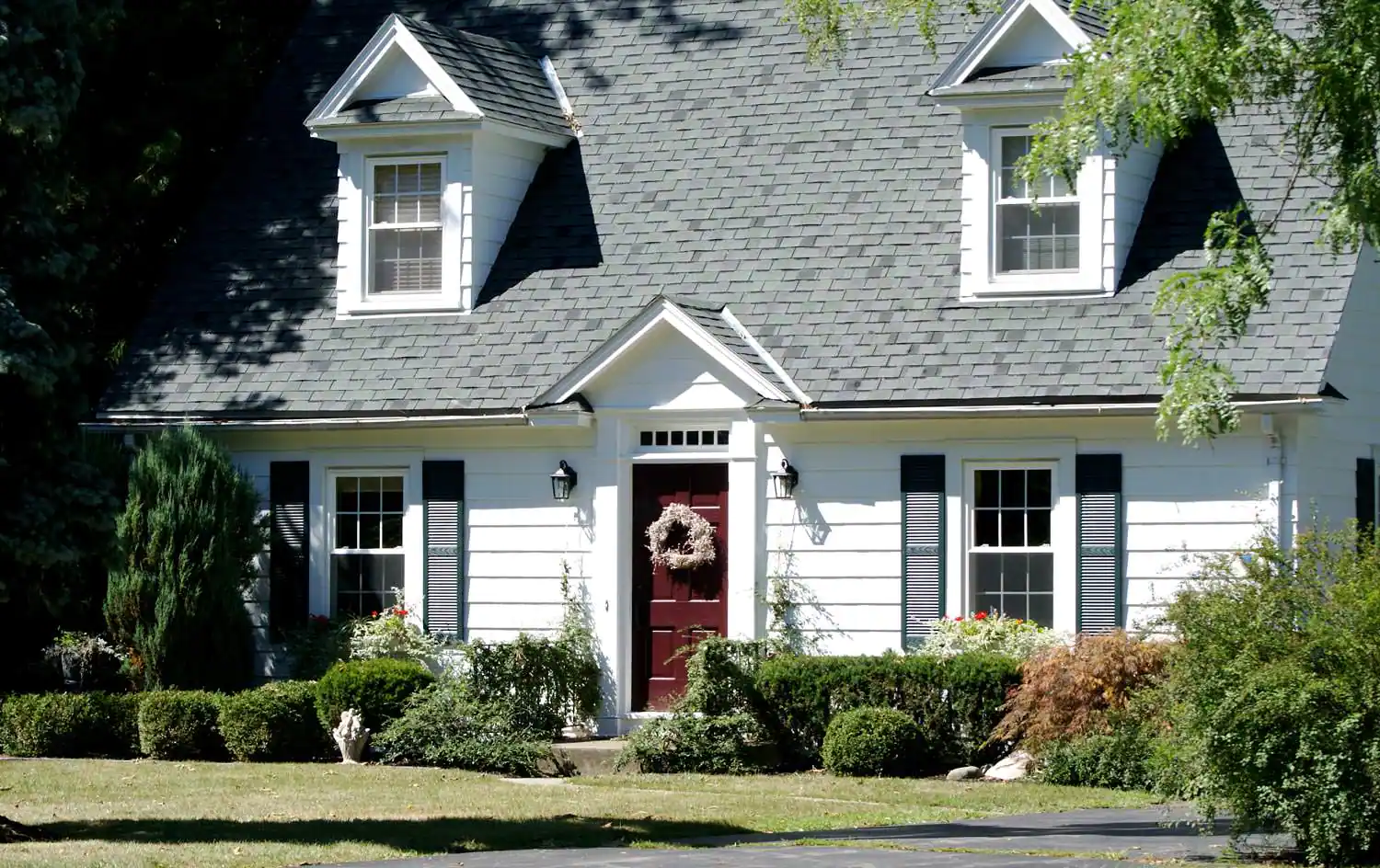What Is the Spacing of Furring Strips for Metal Roofs?
Well-spaced furring strips will give your metal roof a little breathing room


Furring strips improve insulation, ventilation, and drainage.
You can space most furring strips 12 to 24 inches apart.
Low-sloped roofs require closer spacing than steeper roofs.
The type of metal roof will also impact spacing.
Every type of roof has unique features that help it stay put and protect your home. If you’re installing a metal roof, one of the most common features is known as furring strips. These carefully-placed pieces of wood stripping, which rest underneath your roofing, have a big impact—but only if you install them correctly. This guide will show you the perfect spacing of furring strips for metal roofs.
What are Furring Strips?
Typically, homeowners use furring strips for metal roofs if they’re installing roofing over existing shingles—but that’s not the only use case. They’re also beneficial for homes with unfinished attics, poor attic insulation, and limited ventilation. This type of wood stripping comes with a number of benefits, which include:
Increased insulation
Improved ventilation
Improved drainage
Minimized condensation
Reduced noise
Leveling a damaged or uneven roof deck
Remember: metal roofs can get hot in the sun, particularly if they’re installed over asphalt. Furring strips help minimize heat transfer between your metal roof and roof deck, which can increase your home’s energy efficiency. Since they also help secure your roof, they’re typically recommended or even required by local building codes.
Factors for Determining the Spacing of Furring Strips on a Metal Roof
As a general rule, furring strips are usually spaced somewhere between 12 inches to 24 inches apart. Building codes vary and certain manufacturers may have slightly different instructions. Regardless, the type of roof and the slope will impact spacing. The closer together you place your strips, the more support they’ll give your roof.
Type of Roof
Certain types of metal roofing need more furring strips than others. Here are some spacing guidelines based on type:
Corrugated metal roofing: space your strips up to 24 inches apart
Standing seam metal roofing: space your strips up to 18 inches apart
Some homeowners try to cut down on roof replacement costs by using as few furring strips as possible—or skipping out altogether despite contractor recommendations. This typically isn’t advisable. It’s especially important to use furring strips if you’ve already installed shingles. Otherwise, your roof could have moisture issues and look uneven (metal panels tend to conform to the shape of the shingles over time).
Slope of Roof
The steeper the slope on your roof, the further apart you can space your furring strips. You’ll need to know your roof pitch before you begin installation. Here are some guidelines:
Low slope (a pitch of 2/12 or less): space your strips up to 16 inches apart
Steep slope (a pitch greater than 2/12): space your strips up to 24 inches apart.
Should I Repair Existing Furring Strips?
Furring strips are made from wood, so if they start to rot, you will need to replace them. This type of installation is best done by a metal roof repair service near you. A poor installation can lead to numerous issues.
If your furring strips are too far apart, they won’t adequately support your roof. If they’re too close together, you’ll have to poke too many holes in your roofing material, which could compromise the structural integrity. You need the perfect balance, and a contractor has the experience to do it right.
When you make your budget, keep in mind that furring strips add to the cost of a metal roof. It’s typically a worth-it expense because it will help prevent issues that prematurely age your roof.





- Roofers
- Metal Roofing
- Roof Repair
- Roof Inspection
- Vinyl Siding Repair Contractors
- Flat Roofing Companies
- Commercial Roofing
- Emergency Roofing Companies
- Leaky Roof Repair
- Metal Roof Repair
- Business Roof Repair
- Flat Roof Repair
- Tile Roof Repair
- Slate Roofers
- Rubber Roofers
- Roofing & Siding
- Metal Roof Installation
- Affordable Roofing
- Roof Sealing
- Attic Ventilation Contractors
- What to Know About Adding Wood Stripping Under Your Metal Roof
- How to Install Metal Roofing Like a Pro
- 30 Common Roofing Mistakes You Need to Know
- 9 Warning Signs You Need a New Roof
- Should You Repair or Replace Your Roof?
- Can You Walk On a Metal Roof Without Denting It?
- 2024 Metal Roof vs. Shingles Cost Comparison Guide
- Explore the Pros and Cons of Roof Cleaning
- How to Build a Roof For Your Home, From Start to Finish
- Types of Metal Roofs: Materials, Styles, and Fasteners










